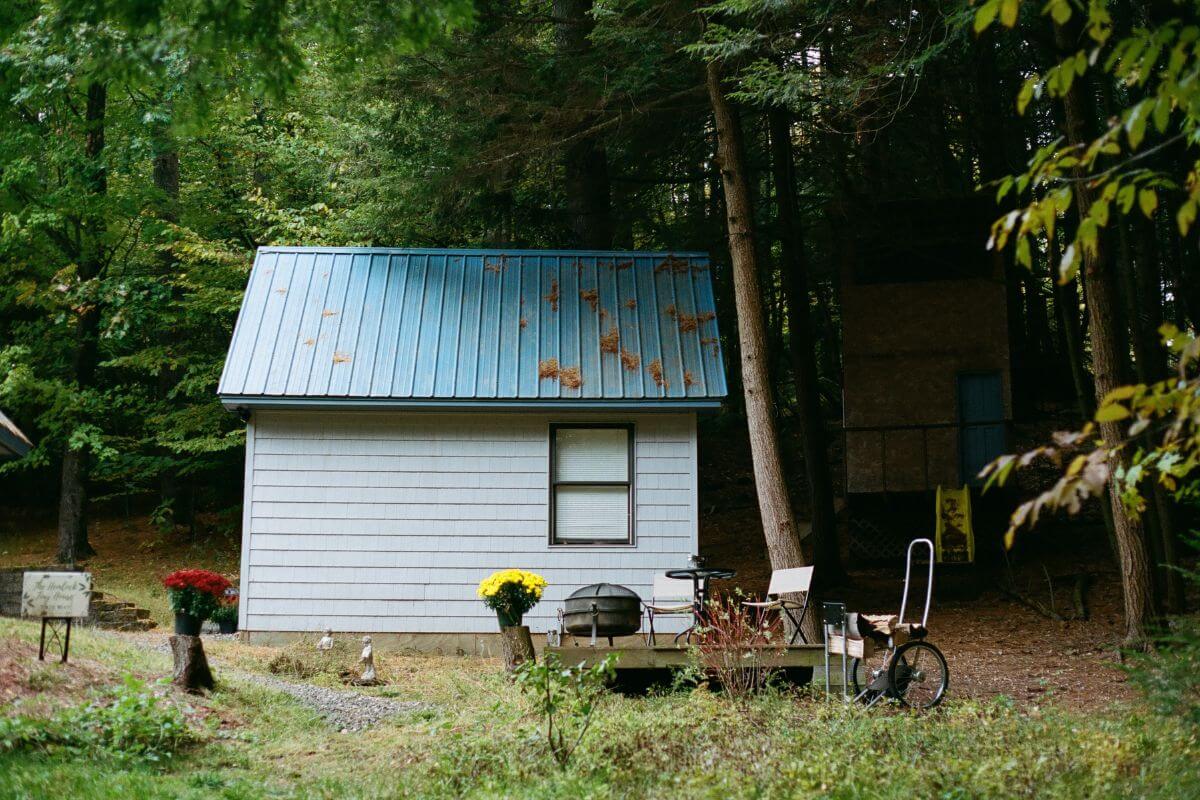Living in a tiny home has its perks – it’s affordable, energy-efficient, and promotes a minimalist lifestyle. However, decorating a small space can be challenging. With limited square footage, you have to be strategic about choosing furniture, decor, and colors to make the most of the space without overcrowding it. In this article, we will share some tips and tricks on how to decorate a tiny home.
Understanding the Space
Before you start decorating, it’s essential to understand the space you’re working with. Take measurements of your room, including the ceiling height, and make a floor plan. Identify the areas that need to be functional, such as the kitchen, living room, and bedroom, and plan the furniture layout accordingly.
Choose the Right Furniture
When it comes to furniture, less is more in a tiny home. Look for multipurpose furniture that can serve more than one function, such as a sofa bed or a storage ottoman. Avoid bulky or oversized furniture that can make the space feel cramped. Opt for furniture with exposed legs or open backs to create a sense of openness.
Make Use of Vertical Space
In a small home, you have to think vertically. Utilize your wall space by installing shelves, hooks, and cabinets to store items. Hang curtains from ceiling height to make the ceiling feel taller. Invest in tall bookcases or storage units to maximize your storage space without taking up too much floor space.
Choose the Right Colors
Color plays a crucial role in making a small space feel larger. Choose light, neutral colors such as white, beige, or gray for your walls, ceiling, and furniture. Use pops of color with accent pillows, throws, or wall art to add personality to the space without overwhelming it.

Let in Natural Light
Natural light can make a small space feel more open and airy. Hang sheer curtains to allow light to pass through, and avoid heavy drapes or blinds that can block natural light. Place mirrors strategically to reflect natural light and make the space feel larger.
Keep It Clutter-Free
Clutter can make a small space feel even smaller. Keep your tiny home organized by storing items in cabinets or baskets. Avoid displaying too many items on your shelves or walls. Invest in furniture with hidden storage to keep clutter out of sight.
Use Textures and Patterns
Textures and patterns can add depth and interest to a small space. Use a variety of textures, such as wool, linen, or velvet, to create a cozy atmosphere. Add patterns with accent pillows, rugs, or wall art to create visual interest without overwhelming the space.
Incorporate Greenery
Plants can bring life to a small space and improve air quality. Choose low-maintenance plants such as succulents or herbs to decorate your tiny home. Place them on shelves or windowsills to add a pop of greenery to your space.
Embrace Minimalism
Finally, embrace minimalism in your decorating style. A clutter-free, minimalist approach can make a small space feel larger and more relaxing. Choose quality over quantity when it comes to furniture and decor, and keep only what you need.
In conclusion, decorating a tiny home requires creativity, strategic planning, and a minimalist approach. By choosing the right furniture, colors, and decor, utilizing vertical space, and keeping your space clutter-free, you can create a cozy, functional, and inviting home in a small space.
FAQs
Can I use dark colors in a tiny home?
Dark colors can make a small space feel smaller. Stick to light, neutral colors to make your space feel larger.
How can I make a small room feel taller?
Hang curtains from ceiling height and place mirrors strategically to reflect natural light.
What type of furniture should I avoid in a tiny home?
Avoid bulky or oversized furniture that can make the space feel cramped. Look for furniture with exposed legs or open backs to create a sense of openness.
Can I use wallpaper in a small space?
Yes, you can use wallpaper in a small space, but stick to light colors and small patterns to avoid overwhelming the space.
How can I create privacy in a small home?
Use room dividers or curtains to create a separate living area or bedroom. Choose furniture that can serve more than one function, such as a bookcase that doubles as a room divider.



